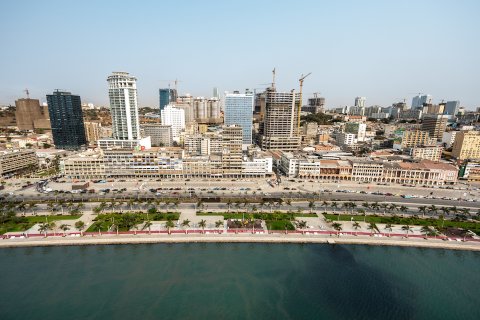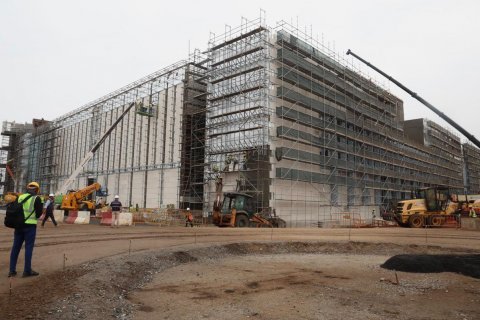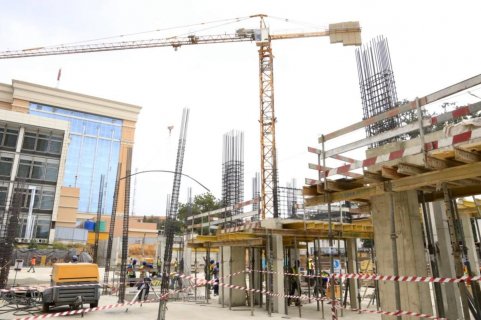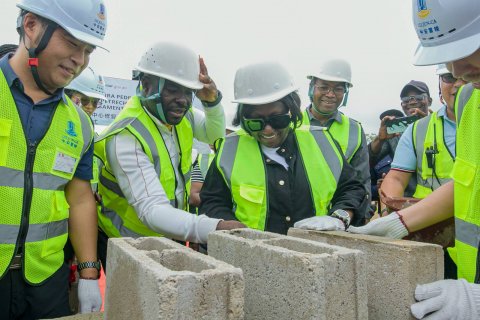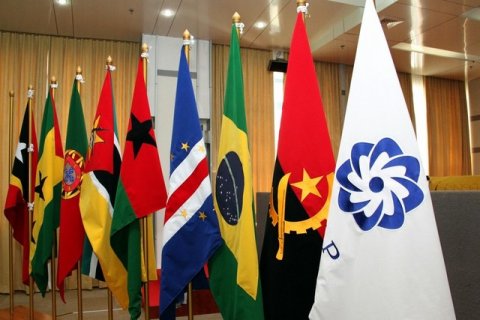"[The museum has some] wonderful spiritual artefacts that we know very little about and that are in desperate need of conservation," collections director Mady Beardmore told Lusa.
These include a series of masks that were part of male initiation ceremonies collected in the south of the country.
In addition to the physical restoration work, the museum "wants to understand their spiritual importance and how best to treat them," she said.
In the medium term, the museum would like to collaborate with members of the community and Angolan cultural institutions to reinterpret the collection, which will have around five thousand objects, in addition to hundreds of photographs and films taken during trips made in 1936 and 1937.
"I was told that we have the largest collection of Angolan material outside Angola itself. We have a great responsibility to try to understand this collection well and treat it with respect," the director told Lusa.
Aware of the current discussions about the origin of the collections of many Western museums and private collections over decades of colonization, Beardmore does not rule out talking about the possibility of repatriating pieces.
"We are open to talking to communities and working with people to ensure that these collections are better known in their own country and we are open to those discussions," she said.
The Powell-Cotton Museum is situated on a ten-acre historic estate in Birchington, southern England, about 70 miles from London.
The collection is composed mainly of objects from Africa and Asia collected by the explorer and hunter Percy Powell-Cotton (1866-1940).
In addition to thousands of stuffed wild animals, the museum's collection includes everyday and ceremonial objects from indigenous peoples from different countries, including jewelry, clothing, musical instruments, ornaments and utensils made from materials such as wood or clay.
The collection of Angolan material culture was mainly the result of two trips by Powell-Cotton's daughters, Diana and Antoinette, in 1936 and 1937, in which they collected almost five thousand objects.
Detailed diaries from the time describe not only the names of the objects in their original phonetics, but the price at which they were purchased from natives through helpers hired specifically for the expedition.
However, there are flaws because hundreds of photographs taken at the time were not properly catalogued, leaving no explanation as to where they were taken, who is in them and what situation they portray.
"I think their [Diana and Antoinette's] attention was diverted by the Second World War and they ended up not being able to do what they had planned," museum archivist Hazel Basford told Lusa.
Existing since 1896, the Powell-Cotton Museum is currently undertaking a project to renovate and interpret its entire collection, which spans the late 19th to mid-20th centuries.
This year, the museum introduced a new area dedicated to East Africa, with objects from countries such as Kenya, Uganda, South Sudan and Ethiopia.
The goal was to revamp the museum's oldest gallery, replacing most of the outdated captions with updated descriptions with more context about the meaning and stories of the original owners and the communities they belonged to.
This new exhibition is the result of a collaboration between the Powell-Cotton Museum and an external advisory group to ensure that the collection is presented in a more rigorous and ethical manner.



